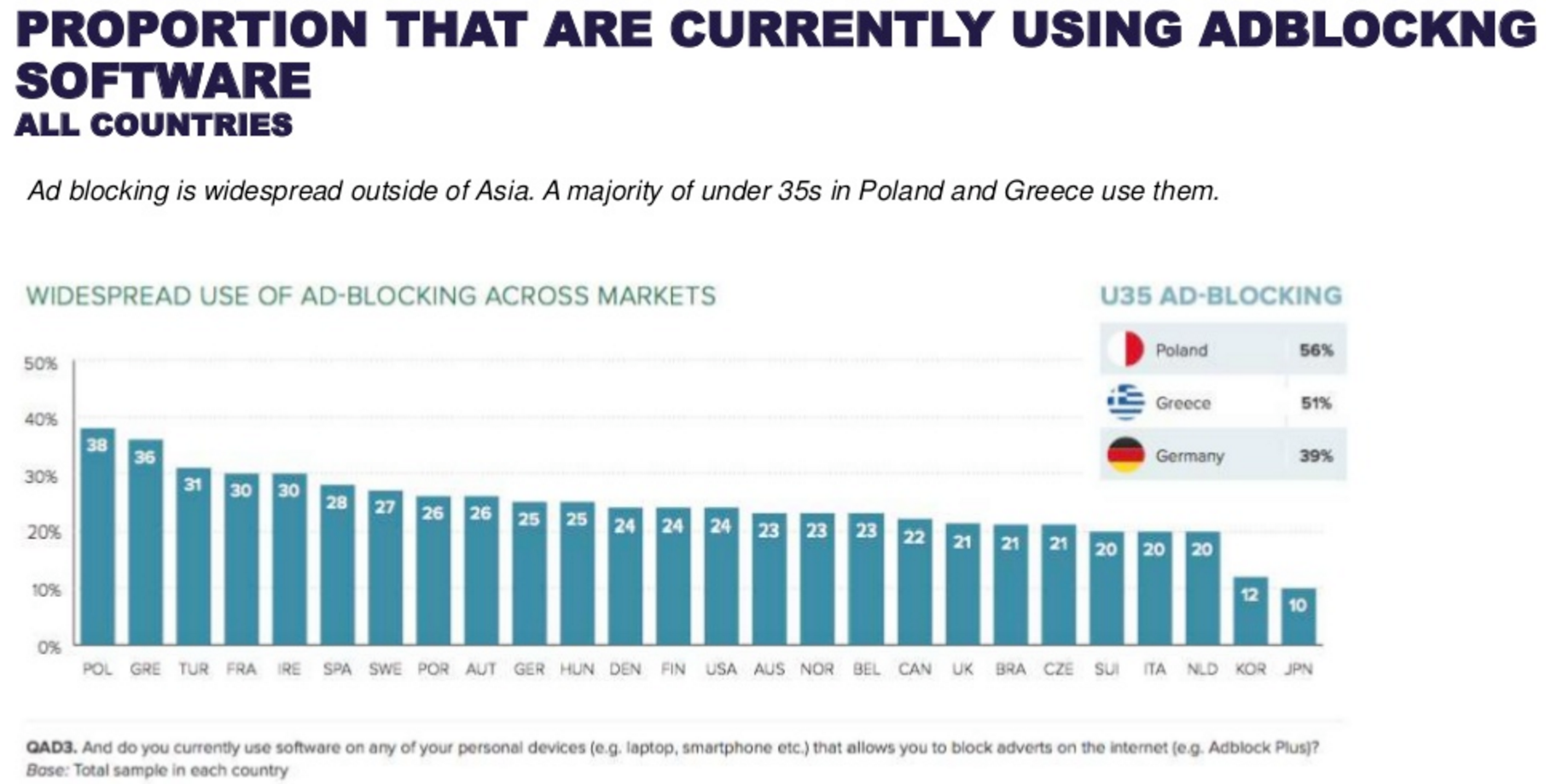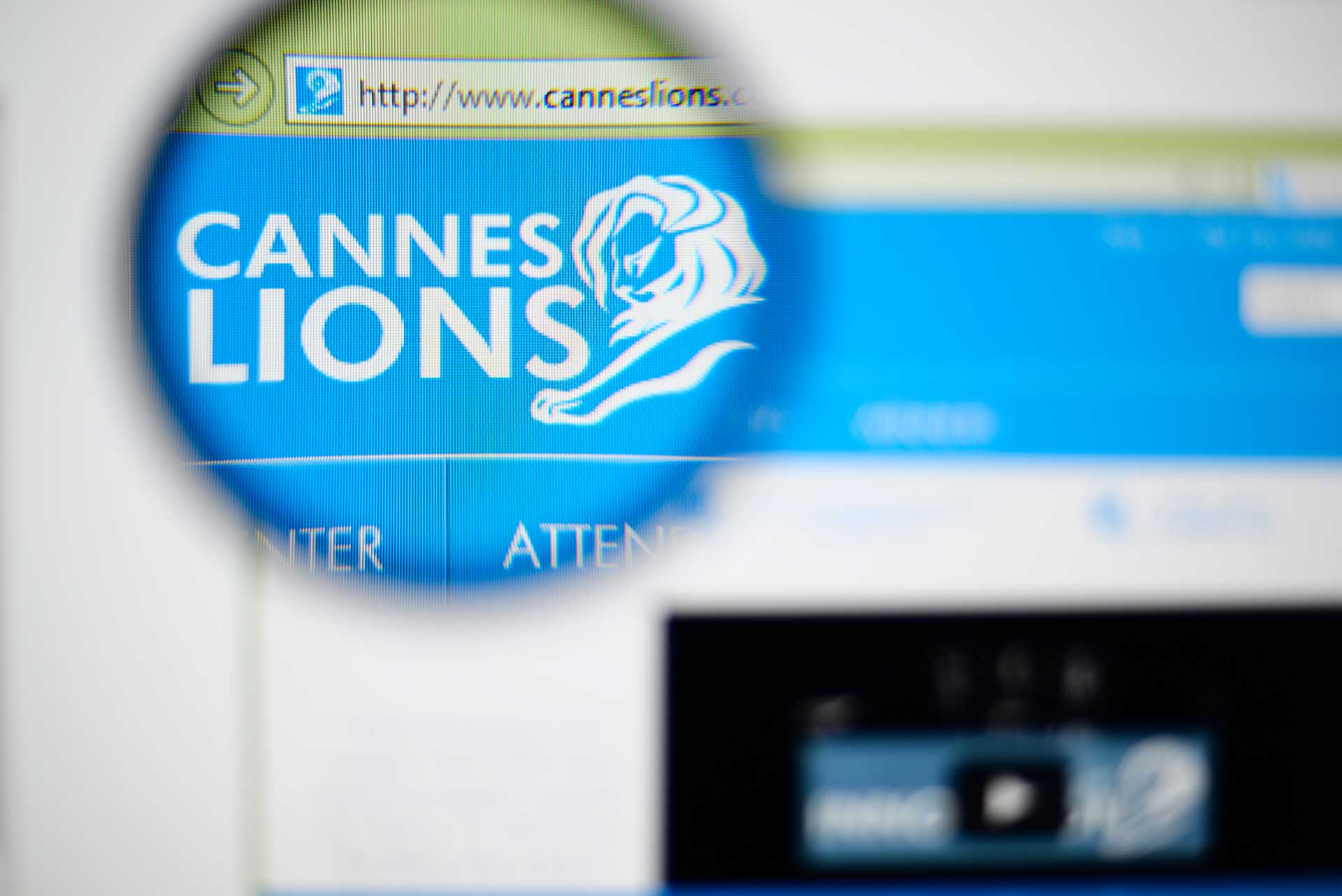Changing the Cannes conversation: Creativity isn’t enough
While columnist Ben Barokas agrees that creativity is one key ingredient of a solution to ad blocking, his dispatch from Cannes argues for a more holistic approach.
Attendees and speakers at the Cannes Lions festival in June found ad blocking to be one of the key topics of discussion this year.
Over the last 12 months, the growth of ad-blocking tools has rarely left the spotlight, given the significant adoption of blockers, which are now estimated to be used by nearly a quarter (24 percent) of online users in the US, according to the Reuters Institute’s Digital News Report.

So what was the main proposed solution discussed on the Boulevard de la Croisette? Perhaps unsurprisingly, one of the key takeaways was that the industry must improve advertising creative as a means of coping with the rising usage of ad-blocking tools.
It’s not necessarily shocking that attendees at the “Festival of Creativity” would identify creativity as a solution for coping with ad blockers; and, while I agree that it’s a critically important part of the equation, creativity is, in fact, just one part of a much larger set of solutions.
There were some signs that industry leaders are starting to consider the other factors that will be essential to overcome the ad-blocking challenge, including the creation of a more transparent value exchange between consumers and digital publishers.
Better education and user connections
The message of a panel titled, “Block You: Why World Class Creativity Will Obliterate Ad Blocking,” was clear, with its host — Interactive Advertising Bureau CEO and President Randall Rothenberg — declaring that it is crucial to create better-quality ads.
But one panelist, New York Times CEO Mark Thompson, brought a progressive element to the discussion by focusing on user education.
Thompson argued for the need to redefine the online value exchange by ensuring audiences understand that “the journalism they enjoy costs real money and needs to be paid for.” Citing a tactic his own company had employed for doing so — using direct messages to inform users The New York Times is funded by ads — he shared that the test had inspired 40 percent of users to allow ads. Meanwhile, Thompson said the publisher would also offer users an alternative, unveiling the company’s plans to implement a higher subscription tier that would give users an ad-free experience.
By shifting attention onto the importance of strengthening audience relationships through open communication and exploring new options, Thompson has set the ball rolling. Yet the industry now needs to pick up the momentum — actively reconnecting with users via transparent messages and adaptable compensation.
Providing a positive and valuable alternative
In a session held by News UK and The&Partnership, PepsiCo President Brad Jakeman made a controversial declaration that ad blocking is the “best thing that has happened to this industry.”
While not all would agree with this statement, there were some takeaways in his speech that could pave the way to a more sustainable future for the industry. Describing the situation as “a great wake-up call,” Jakeman predicted that advertisers and publishers would soon start to think like entertainment brands and work to meet consumer needs.
And that is one sentiment both online content providers and advertisers should explore further.
The growing use of ad-blocking tools has helped to highlight the importance of balancing the need to drive revenue with that of consumer preference, and it has rightly indicated that consumers must be given choices in how they wish to consume and fund online content. By offering consumers a flexible range of compensation choices so they can choose a method best suited to their needs, publishers can ensure continued revenue generation balanced with meeting those needs and the specific preferences of their audience.
While there is no silver bullet for addressing the growing use of ad blockers, these are critical items for publishers to consider as they consider their content compensation strategy going forward.
There is no quick resolution to the ad-blocking challenge, and, as Brad Jakeman noted, it is time to wake up and recognize “it’s going to be painful for a while.”
The experts at Cannes Lions believe greater creativity is the answer, and, while this is true to a certain extent, improving creative alone is not enough. To achieve a long-term solution, the industry must expand its focus.
By providing compensation choices and engaging audiences in a dialogue about their preferences, publishers can promote a more transparent value exchange between media owners and content consumers and enable the continued sustainability of the digital content ecosystem.
Contributing authors are invited to create content for MarTech and are chosen for their expertise and contribution to the search community. Our contributors work under the oversight of the editorial staff and contributions are checked for quality and relevance to our readers. MarTech is owned by Semrush. Contributor was not asked to make any direct or indirect mentions of Semrush. The opinions they express are their own.
Related stories
